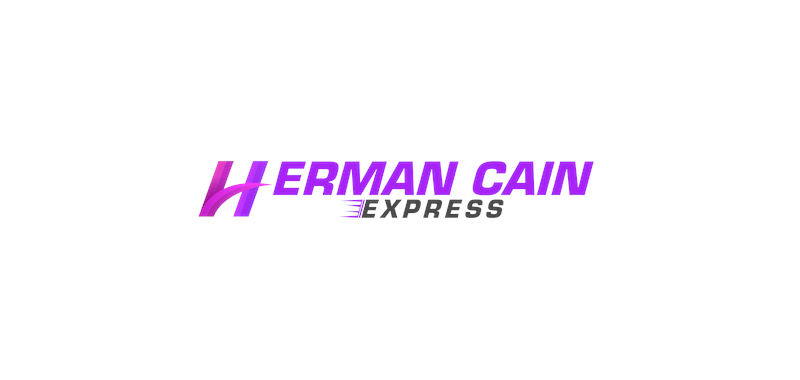As we enter another presidential election year, policymakers, media and the public will increasingly focus on what the campaign and associated partisan jockeying in Washington indicate for the future of our economy and society.
But the most consequential decisions affecting American lives and livelihoods this year will be made in America’s cities, counties, regions and states. That’s because their leaders are developing action plans to deploy unprecedented levels of federal investment — nearly $4 trillion across the American Rescue Plan Act, Infrastructure Investment and Jobs Act, CHIPS and Science Act and Inflation Reduction Act, approved in 2021 and 2022.
Importantly, Washington isn’t making most of the decisions about how exactly these dollars will be spent. Instead, many provisions of these bills advance key national priorities — upgrading essential infrastructure, combating the effects of climate change, reshoring advanced manufacturing, training our workforce and reducing health, education and income disparities — by supporting the tailored efforts of local and state leaders.
Yet simply accessing the dollars will not guarantee that communities, and by extension the nation, deliver on these priorities. Without longer-term thinking and smart implementation, these investments risk becoming temporary surges in civic expenditure without lasting impact.
In our respective organizations’ work with communities around the country, we’ve spotted three key strategies that forward-thinking local leaders are using to leverage one-time investments into transformative outcomes.
First, local leaders are activating — or in some cases building — relationships across public, private and civic-sector actors to plan for, absorb and distribute federal investment wisely. While government agencies are often the ones to receive or apply for federal dollars, they must navigate personnel churn and political cycles that don’t coincide with federal spending deadlines. Broadening the coalition of designers and implementers can provide the needed ballast for long-term thinking and action.
Communities such as Fresno, Calif. have been developing this cross-sector implementation muscle for some time. Fresno DRIVE — a blueprint created by more than 150 community, civic and business stakeholders and stewarded by the Central Valley Community Foundation — integrates multiple strategic local initiatives that will be aided by new federal and state investment. Federal funds will enable a new research hub for agricultural technology and related support for small farmers and entrepreneurs, as well as the restoration of the city’s historic train depot for high-speed rail service. Taken together, these initiatives have the potential to make the region’s economy more globally competitive, resilient to climate change and inclusive by income and race.
Second, local leaders are “braiding” together multiple forms of capital, from various sources, to ensure that federal investments truly deliver for communities. Otherwise, dollars will tend to flow down the paths of least resistance, toward business-as-usual public works projects that meet the needs of political expediency but fail to advance equity or face down climate change.
Detroit, for instance, is using federal aid from the American Rescue Plan Act to create the 28-mile Joe Louis Greenway, which will encircle the city and run through some of its most historically disinvested neighborhoods. The city is paying to clear the right of way and lay the pavement. But this is more than a simple infrastructure project; the buildout is also engaging philanthropy, community banks, the state of Michigan, nonprofit sweat equity and other sources of creative capital to create inclusive and connected communities along the greenway that support new development without displacing longtime residents.
Third, local leaders are measuring and distributing risk strategically. Putting federal dollars to work in ways that grow the economy, reduce inequality and combat climate change — all within an aggressive set of expenditure deadlines — requires unprecedented ambition. Ambitious efforts entail risks: needed financing may not materialize, project partners may fail to deliver on time and on budget or economic, social and environmental returns may underperform.
Rather than the usual pattern in which the public sector and our most vulnerable citizens bear all the downsides of these risks, this moment obliges local stakeholders — public, private, non-profit, philanthropic — to collectively contribute to genuinely shared prosperity.
Central New York provides one example of what smart risk-sharing could look like.

In 2022, Micron Technology announced plans to invest up to $100 billion to build the nation’s largest semiconductor manufacturing facility in Syracuse — one of the nation’s most economically challenged cities. In exchange for generous state tax credits (and in anticipation of potentially even greater federal investment), Micron, the state and regional partners negotiated a Community Investment Framework. Through the framework, Micron is co-investing with the public sector to support diverse suppliers, education and workforce programs and community assets such as child care and early learning that will be critical to the long-term success of its investment and the region’s broader well-being.
The bigger, bolder outcomes that new federal investments make possible won’t happen in the next year, or even in the next presidential administration. But if local leaders can execute the strategic, patient, multisector work to leverage these dollars toward a better future for their communities, they will demonstrate the power of America’s unique federalist approach to solving our toughest challenges.
Rip Rapson is president and CEO of The Kresge Foundation. Alan Berube the interim vice president and director of Brookings Metro.
Copyright 2024 Nexstar Media Inc. All rights reserved. This material may not be published, broadcast, rewritten, or redistributed.

